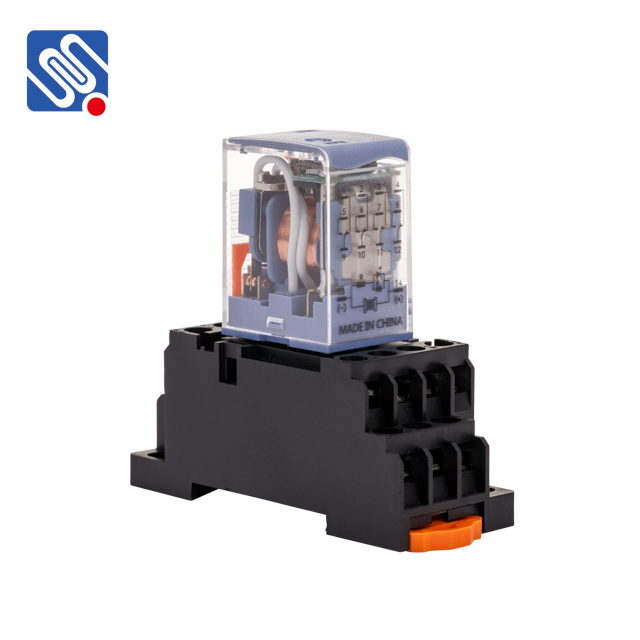Relays are essential components in many electrical and electronic systems, serving as switches to control various devices. One of the most commonly used relays is the 24VDC (24 Volts Direct Current) relay, which operates on a 24V DC power source. In this article, we will explore the functionality, applications, and benefits of 24VDC relays, offering insight into how they work and why they are widely utilized in various industries.

What is a 24VDC Relay? A 24VDC relay is an electrically operated switch that uses a 24V direct current to control the opening or closing of its contacts. The relay contains an electromagnet (coil) that, when energized with the specified voltage (24V DC), generates a magnetic field that either attracts or repels a mechanical arm (the armature). This movement of the armature, in turn, operates the relay’s contacts, enabling the control of an external circuit. How Does a 24VDC Relay Work? The basic working principle of a 24VDC relay is simple: when a current flows through the relay’s coil, it creates a magnetic field. This magnetic field moves a ferrous armature, causing the relay’s contacts to change states. The contacts are typically categorized as: